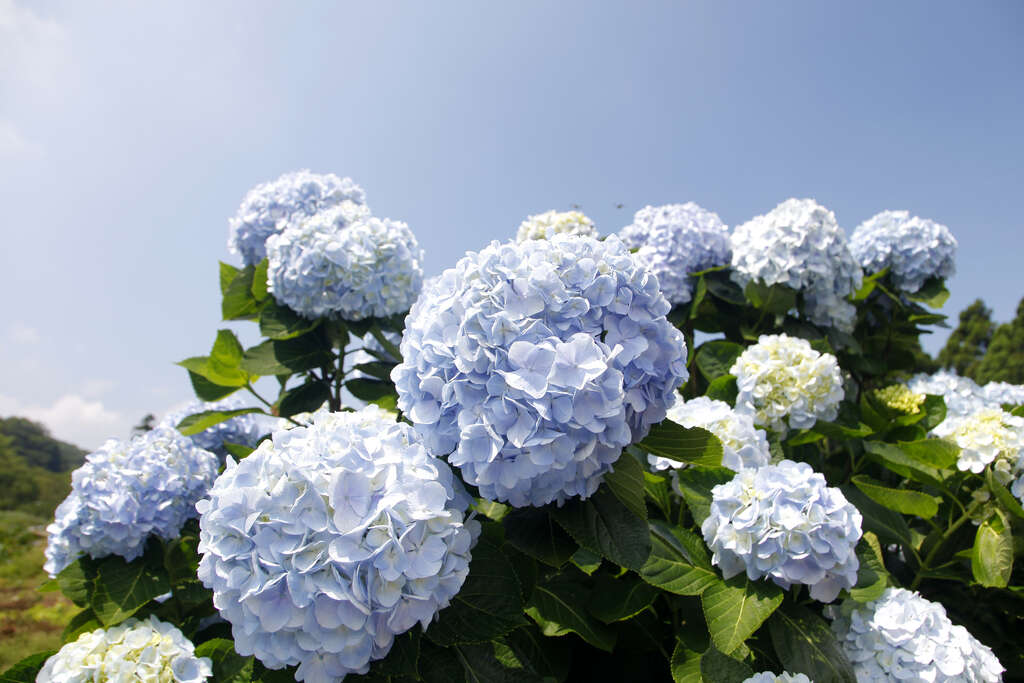Zhuzihu Introduction
Zhuzihu is located in the core area of Yangmingshan National Park, at an elevation of about 650-670 meters. It is bordered by Mt. Xiaoguanyin to the north, Qixing Mountain to the east, Mt. Datun to the west, and opens to a panoramic view of the Taipei Basin to the south. It was originally a dammed lake formed by a volcanic eruption 350,000 years ago. Due to erosion, a gap was created, causing the lake water to gradually drain and form a depression. Since ancient times, Zhuzihu has been divided into three closed areas: Donghu, Dinghu, and Xiaohu. Donghu refers to the area around Hutian Elementary School, the original point of the name Zhuzihu; Dinghu refers to a small basin of about 20 hectares located at a higher elevation above Donghu, accessible by crossing Hutian Bridge and following the right industrial road; Xiaohu refers to the basin around Haiyu Avenue where Zhuzihu Stream flows, situated at a relatively lower elevation compared to Donghu, hence named Xiaohu. The origin of the name Zhuzihu comes from its history as a dammed lake formed by volcanic lava. Due to the gradual loss of water, it evolved into a wetland. More than a thousand years ago, the Pingpu people, specifically the Ketagalan tribe, began to settle and cultivate the area. Two hundred years ago, when Han settlers first arrived, they found the land muddy and filled with bamboo forests, leading them to name it Zhuzihu (where "hu" in Minnan means a muddy area). According to an ancient local legend, the area was once covered with arrow bamboo, and the mountain winds swaying the bamboo gave the impression of rippling lake water, hence the name Zhuzihu. Zhuzihu's Calla Lily Season: Calla lilies are native to South Africa and are known for their spathes resembling upside-down horseshoes, blooming like lotus flowers in water, thus called "horseshoe lily." Currently, the total cultivation area of Calla lilies in Zhuzihu is about 13 hectares, accounting for over 80% of Taiwan's Calla lily production; the flowering season runs from January to May each year, with peak blooms occurring in March and April. The main variety of Calla lilies in Zhuzihu is white, with the elegant "Buddha Flame" spathe not being its actual flower. Instead, small inconspicuous flowers bloom densely on the yellow fleshy spadix, organized with male and female flowers. As May approaches, the romantic white Calla lily sea gradually comes to an end, followed by blooming blue and purple hydrangeas during the Dragon Boat Festival holiday. The hydrangeas grown in the Zhuzihu area comprise approximately 7 to 8 varieties, showcasing diverse colors including pure white, pink with red edges, pink, purplish-red, light blue, and blue; the shapes feature both large and medium blooms throughout the farms, exhibiting vibrant colors and rich layered textures, making them perfect for memorable photographs.




















